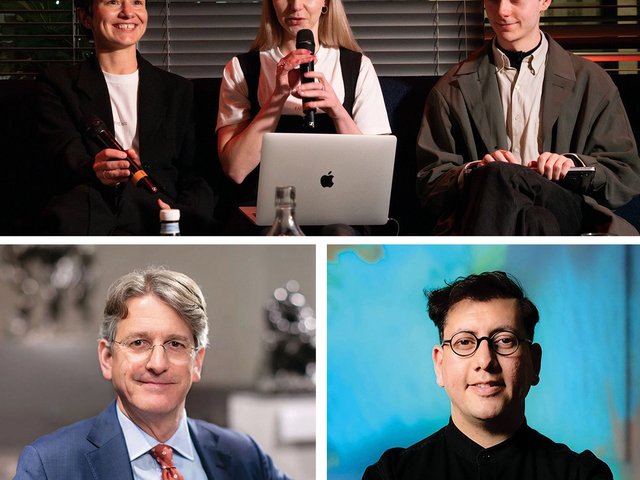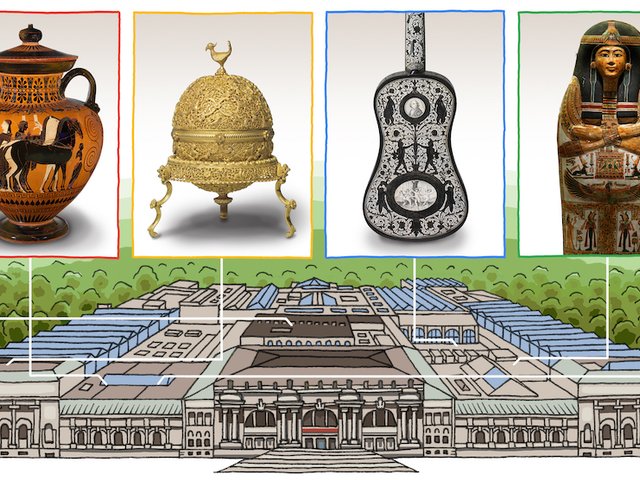One of the headline elements of Stanford’s Artificial Intelligence Index Report is how, among “frontier”—game-changing—new AI models (programmes trained on vast amounts of text, audio and image data to generate an output, or “answer”),“closed” AI models are outperforming “open” AI models at the “space race” level of the AI industry. This matters to the art world as artists and cultural institutions have traditionally thrived in the “open-source” areas of internet and app development.
Closed AI
A “closed” AI model is one where developers do not release the “weights” —the adjustable rate at which different parts of an AI network communicate with others—of a model, so that it cannot be freely and openly modified. In a closed version, developers either reveal nothing at all, or allow access only through a controlled interface (API). Examples of the latter include the hugely popular Chat GPT family (from OpenAI) or Claude, an “AI assistant” designed for use in businesses built by Anthropic (launched by former OpenAI staff) .
Open AI
An “open” AI model, such as theLlama 3 large language model (LLM) from Meta (owners of Instagram and Facebook) is offered under the “open-source” ethos of the early internet and development, to encourage experimentation by developers, researchers and businesses. Llama, Meta says,is intended “as a bedrock for innovation in the global community”. Google, the tech giant whose Gemini is a closed model, released an open model, Gemma, in February. It is designed to work on a high-powered laptop or Google Cloud.In May it announced the launch of Gemma 2,a much larger version with 27 billion parameters (or basic ingredients),compared with the two or seven billion parameters in the first release. Google invites researchers to apply for Google Cloud credits of up to a collective $500,000 to work on their projects. The artist Refik Anadol is due to release his open model, Dataland, in 2025.
Who offers what?
Of the tech giants, Microsoft and OpenAI favour closed models, Meta open, while Google offers both.



